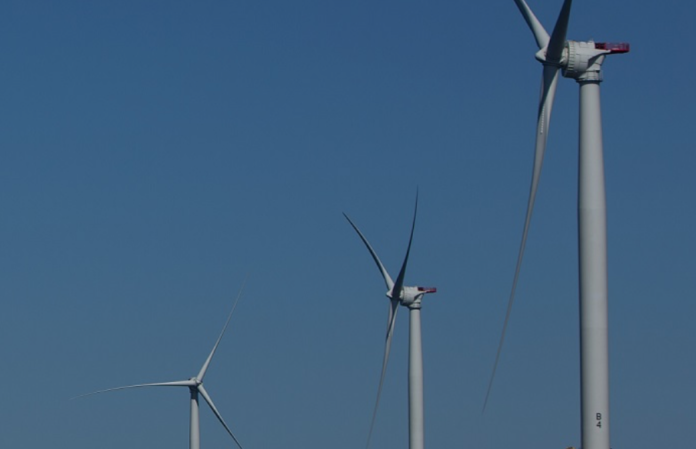Renewable energy capacity investment showed great resilience in the first half of the year despite the unprecedented economic shock caused by the coronavirus, according to the latest figures from research company BloombergNEF (BNEF).
The data, drawn from BNEF’s database of deals and projects, show that one sub-sector of renewables – offshore wind – had by far its busiest half-year ever for final investment decisions, and this more than offset declines in investment in solar, onshore wind and biomass.
Offshore wind financings in the first half (1H) of the year totaled $35 billion, up 319% year-on-year – well above 2019’s record full-year figure (a revised $31.9 billion). The first half of this year saw investment decisions made on 28 sea-based wind farms, including the largest ever, the 1.5 GW Vattenfall Hollandse Zuid array off the coast of the Netherlands, costing an estimated $3.9 billion.
Other major offshore deals included the 1.1 GW SSE Seagreen project off the U.K., at an estimated $3.8 billion; the 600 MW CIP Changfang Xidao array off Taiwan, at an estimated $3.6 billion; and the Fecamp and Saint-Brieuc projects in French waters, together totaling 993 MW and $5.4 billion. There were no fewer than 17 Chinese installations financed, led by the Guangdong Yudean Yangjiang Yangxi Shapaat 600 MW and $1.8 billion.
“Offshore wind is benefitting from the 67% reduction in levelized costs achieved since 2012, and to the performance of the latest, giant turbines,” says Tom Harries, head of wind analysis.
“But the first half of this year also owed a lot to a rush in China to finance and build, in order to take advantage of a feed-in tariff before it expires at the end of 2021. I expect a slowdown in offshore wind investment globally in the second half, with potentially a new spike early next year,” he adds.
Overall investment in new renewable energy capacity (excluding large hydro-electric dams of more than 50 MW) was $132.4 billion in the first half of the year, up 5% from a revised $125.8 billion in the same period of 2019. Onshore wind investment slipped 21% to $37.5 billion, while that for solar fell 12% to $54.7 billion.
Looking at the figures by location, China was the largest market yet again, investing $41.6 billion in 1H, up 42% compared to the same period in 2019 thanks to its offshore wind boom. Europe secured $36.5 billion, up 50%, while the U.S. slipped 30% to $17.8 billion. Japan saw financing rise 14% to an estimated $10.8 billion, but India fell 49% to $2.7 billion and Brazil was down 26% at $2.5 billion. The Netherlands were up 231% at $6.9 billion, France up 306% at $6.2 billion, the U.K. 265% higher at $5.7 billion, Spain down 11% at $3.7 billion, and Germany up 20% at $3.6 billion.
Overall clean energy investment, including renewables capacity financing and corporate-level equity deals, came to $137 billion in the first half of the year, up 4% on 1H 2019’s $131.9 billion.




